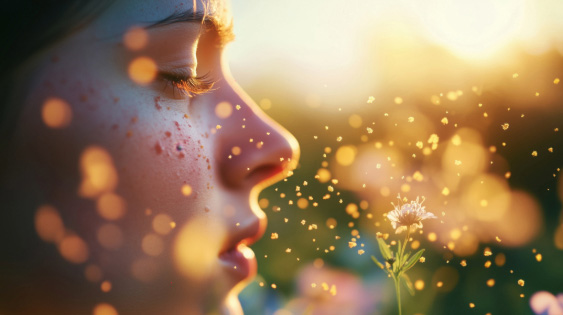
Hay fever, or Seasonal Allergic Rhinitis, is a very common condition affecting millions across the UK. It often occurs during the warmer months and is caused by an allergic reaction to airborne allergens such as pollen from trees, grass, or weeds.
Hay fever is typically characterised by the following main symptoms:
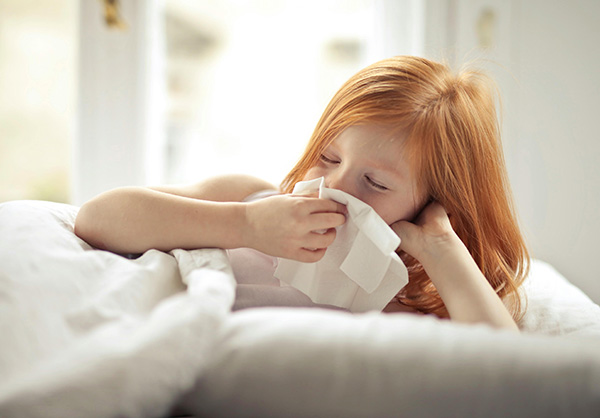
People with hay fever may also experience:
Hay fever is a widespread condition in the UK, affecting a significant portion of the population. Estimates suggest that hay fever impacts at least 25% of people, although other studies indicate it may be closer to 10%. Regardless of the exact figures, hay fever is undeniably common.
Unfortunately, it is often underdiagnosed or misdiagnosed. Many individuals may have symptoms that meet clinical criteria for hay fever without receiving proper recognition or treatment.
Hay fever can greatly affect daily life, including sleep disturbances and reduced productivity at work or school. Allergy sufferers may experience a substantial decrease in performance when symptoms peak, leading to economic and personal setbacks. Despite its prevalence, many patients report inadequate advice or treatment, with their symptoms often poorly controlled.
Hay fever occurs due to an overactive immune response to harmless substances like pollen. When exposed to allergens, the immune system mistakenly identifies them as threats, releasing antibodies that trigger the release of histamine and other chemicals. This reaction leads to common hay fever symptoms such as sneezing, runny nose, and itchy eyes.
Effective hay fever management begins with understanding when allergens are most active. Pollen levels vary throughout the year: tree pollen peaks in spring, grass pollen is strongest in early summer, and weed pollen extends symptoms into autumn. Recognising these patterns can help minimise exposure and reduce allergic reactions.
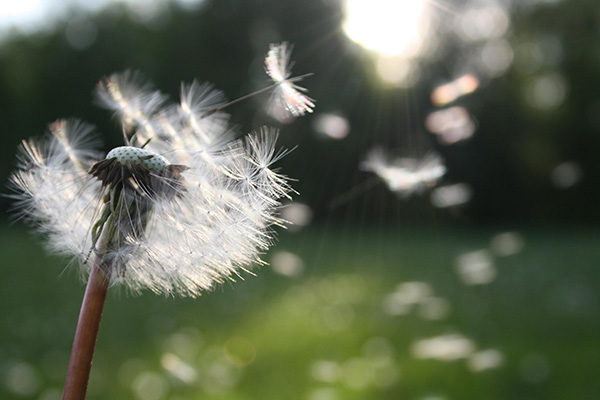
Below are typical pollen peak times for various plants and spores:
Some individuals with hay fever may be sensitive to multiple allergens:
Identifying allergen combinations can help manage symptoms and prepare for medications in advance, even without allergy testing.
Making small changes to daily habits can help reduce exposure to pollen and ease hay fever symptoms, even during peak seasons. Below are strategies to create a pollen-free environment at home and precautions for outdoor activities.
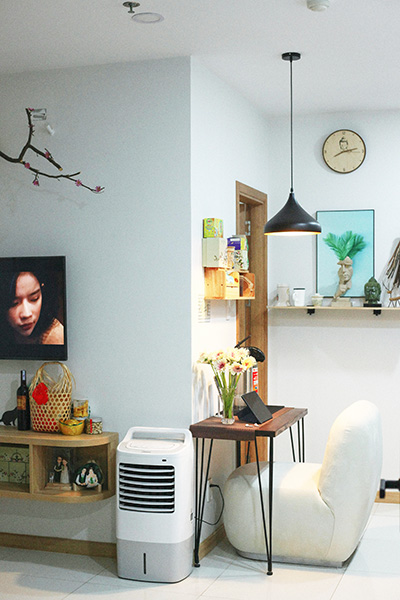
Air purifiers can filter pollen out of indoor air, improving air quality. Although there are limited studies specifically on hay fever, research on similar allergens suggests potential benefits.
Applying a barrier balm around the nostrils can help trap pollen before it enters the nasal passages, reducing symptoms of allergic rhinitis. Evidence suggests that using barrier balms or ointments around the nostrils may alleviate allergic symptoms. Studies have also investigated the effectiveness of various barrier measures, including creams and nasal sprays, in managing allergies.
Rinsing the nose with a saline solution (salt and water mixture) can help reduce hay fever symptoms by flushing out allergens, easing irritation, and improving breathing.
Nasal saline irrigation is particularly useful as a gentle yet effective way to alleviate discomfort caused by pollen exposure.
Antihistamines are commonly used to treat hay fever by blocking the effects of histamine—a chemical responsible for many allergy symptoms. They are generally effective for alleviating itching, sneezing, and sometimes runny nose, though their effectiveness can vary.
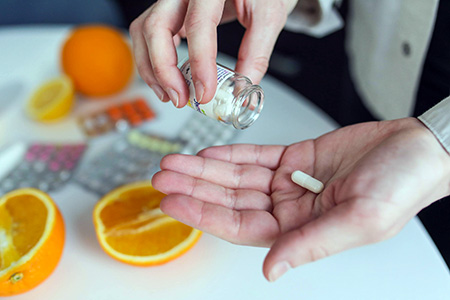
Overall, antihistamines are a safe and effective option for managing symptoms, especially non-sedating types, though individual responses may vary. Check with your GP before starting any new medication.
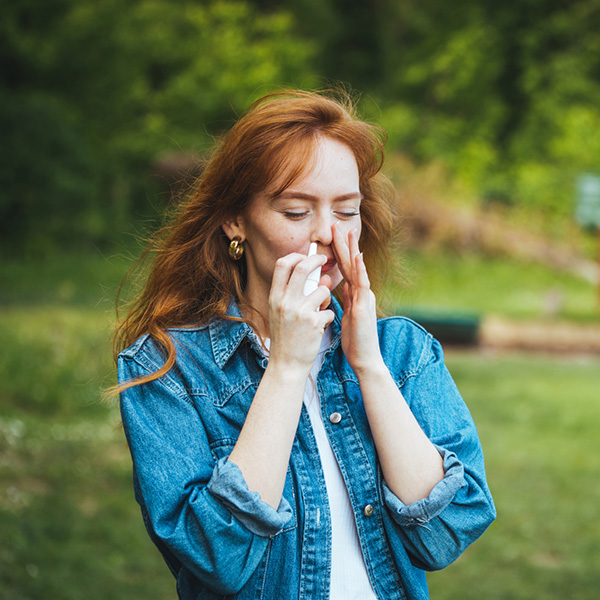
Intranasal corticosteroids are a well-established treatment for hay fever. They are highly effective in reducing symptoms and improving quality of life.
Steroid nasal sprays are often recommended as a first-line treatment for moderate to severe hay fever cases. They can be combined with antihistamines for enhanced relief. Check with your GP before starting any new medication.
Allergen immunotherapy, also known as desensitisation therapy, is a long-term approach to reducing hay fever symptoms by training the immune system to tolerate allergens like pollen. This treatment is carried out in specialist Allergy clinics.
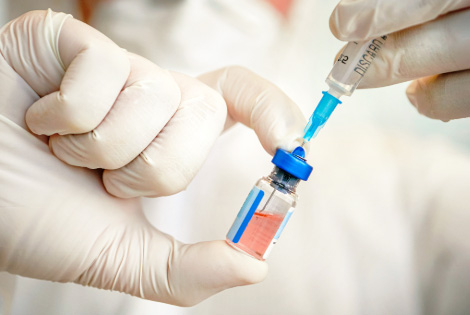
Immunotherapy typically lasts 3 to 5 years, with noticeable improvements in the first year. It is generally safe under medical supervision, though mild side effects like swelling or itching may occur. Serious allergic reactions, such as anaphylaxis, are rare and managed in controlled medical environments. Check with your GP before starting any new medication.

Hay fever can be a difficult condition to navigate, but understanding its causes, symptoms, and available treatments can greatly improve how you manage it. From simple measures such as reducing pollen exposure, using air purifiers, and wearing protective masks, to advanced options like immunotherapy and exploring the benefits of probiotics, there are numerous ways to alleviate its effects.
By tailoring your approach to suit your individual needs and seeking professional advice when necessary, you can take control of your symptoms and enjoy a better quality of life, even during peak pollen seasons. This blog aims to provide you with the knowledge and tools to make informed choices and take proactive steps, helping you breathe easier, see clearly, and feel more comfortable, no matter how high the pollen count may be.